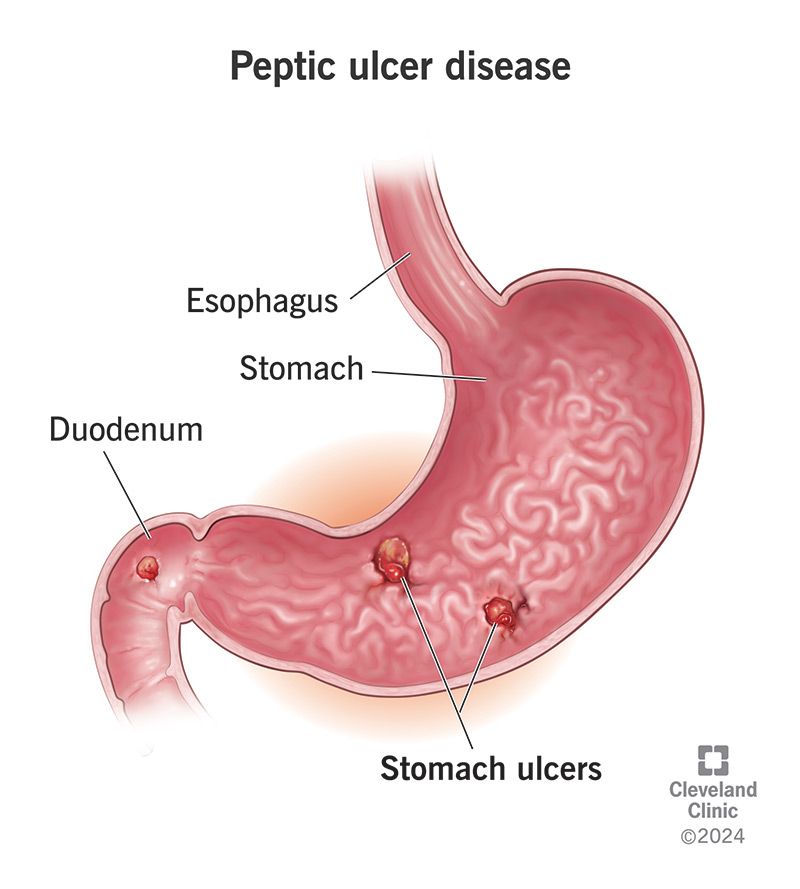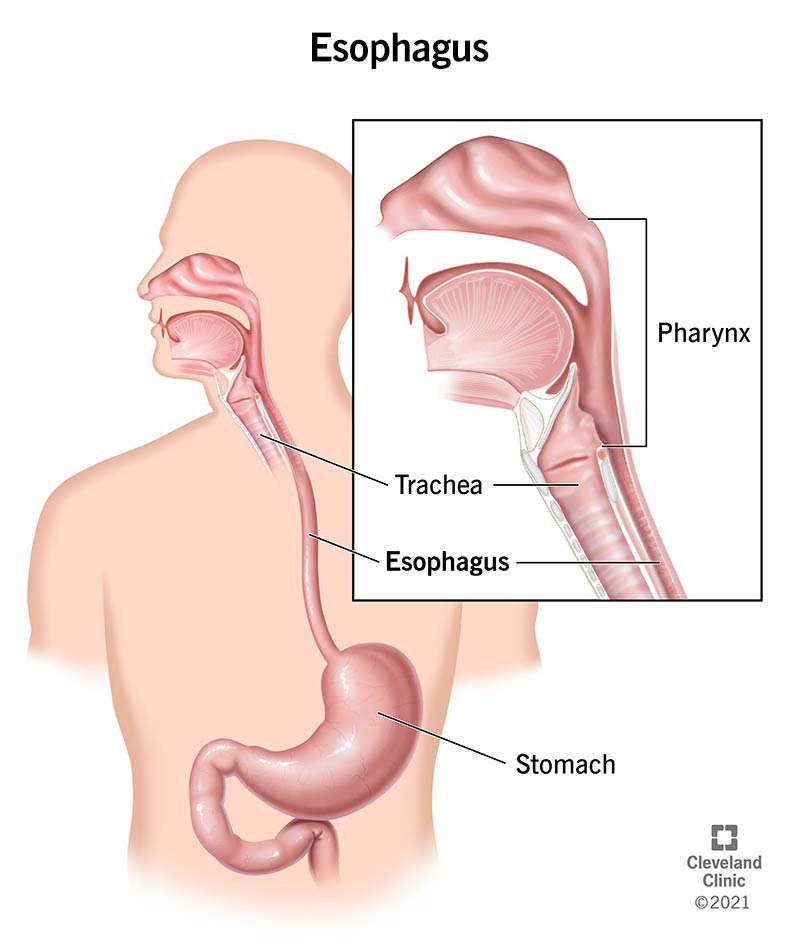Anatomy of Abdominal Vasculature and Viscera: Part II
Detailed Anatomy of Abdominal Vasculature and Viscera
Abdominal Regions and Viscera Positioning
Quadrant and Nine-Region Systems
Understanding the positioning of abdominal viscera is crucial for physical examination and diagnosis.
-
Four-Quadrant Pattern:
- Right Upper Quadrant (RUQ)
- Left Upper Quadrant (LUQ)
- Right Lower Quadrant (RLQ)
- Left Lower Quadrant (LLQ)

-
Nine-Region Pattern:
- Right hypochondriac
- Epigastric
- Left hypochondriac
- Right lumbar
- Umbilical
- Left lumbar
- Right inguinal
- Hypogastric (pubic)
- Left inguinal

Peritoneum
- Characteristics:
- Thin serous membrane lining the abdominal cavity and covering most viscera
- Forms a closed sac in males but has two openings in females (uterine tubes)
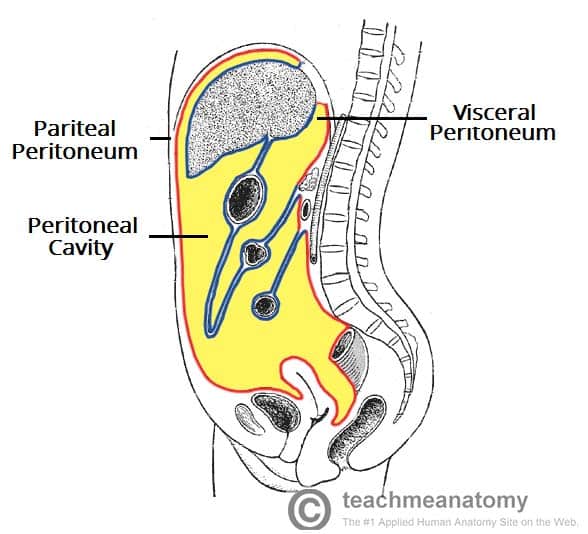
Intraperitoneal vs. Retroperitoneal Structures
-
Intraperitoneal Organs:
- Stomach
- Liver
- Spleen
- Part of the duodenum
- Jejunum
- Ileum
- Transverse and sigmoid colon
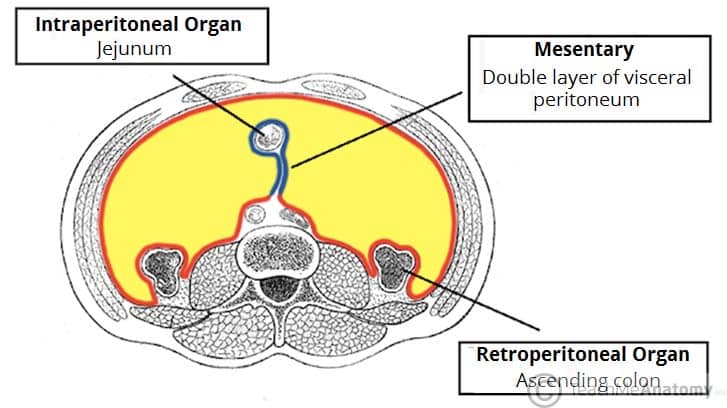
-
Retroperitoneal Structures:
- Suprarenal glands
- Aorta and IVC
- Duodenum (2nd-4th parts)
- Pancreas (except tail)
- Ureters
- Ascending and descending colon
- Kidneys
- Esophagus
- Rectum (partial)
Esophagus
- Constrictions:
- Cervical constriction
- Thoracic (aortobronchial) constriction
- Diaphragmatic constriction
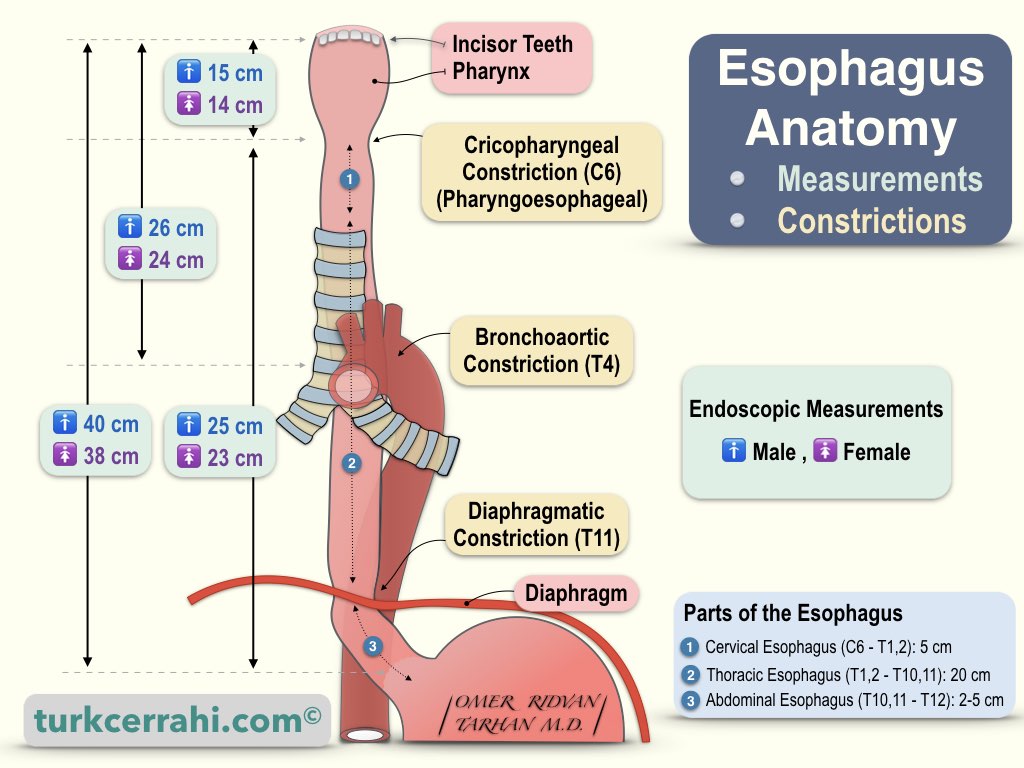
- Anatomical Features:
- Transition from skeletal to smooth muscle in the middle third
- Gastroesophageal junction transition of mucosal lining
- Anterior and posterior vagal trunks accompany the esophagus
Stomach
Anatomical Features
- Regions:
- Cardiac
- Fundic
- Body
- Pyloric

- Curvatures:
- Greater curvature
- Lesser curvature

- Notable Structures:
- Cardiac notch
- Angular incisure
- Pyloric sphincter
- Gastric folds (rugae)
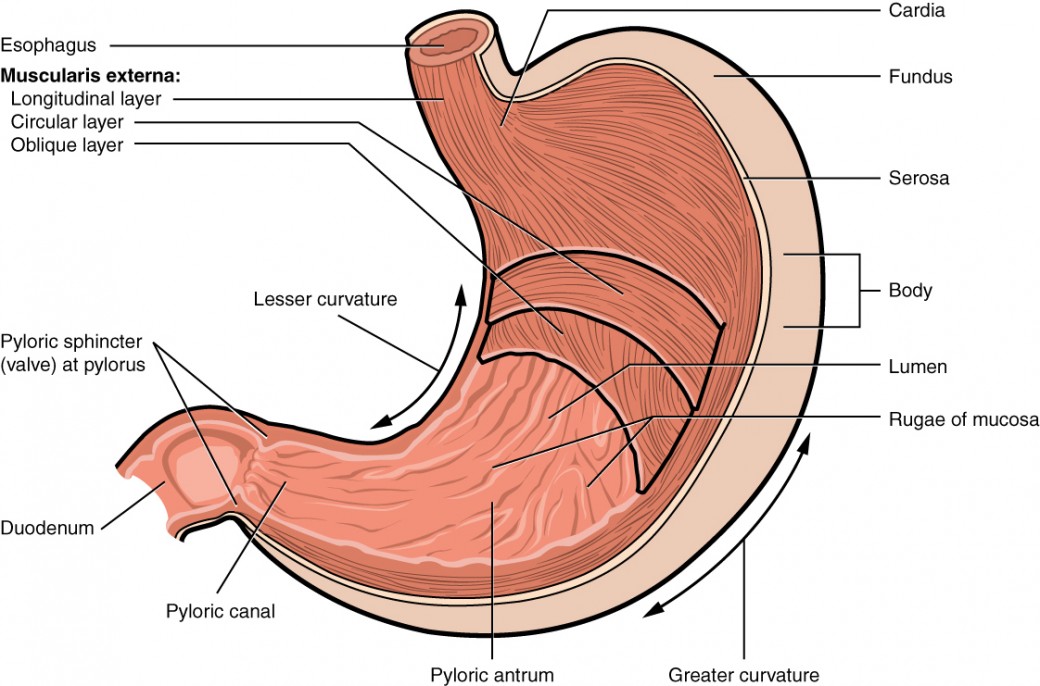
- Muscle Layers:
- Inner circular layer
- Outer longitudinal layer

Small Intestine
Sections
-
Duodenum:
- Approximately 25 cm (10 inches)
- Duodenojejunal junction
- First few centimeters are smooth muscle
- Major and minor duodenal papillae
:watermark(/images/watermark_5000_10percent.png,0,0,0):watermark(/images/logo_url.png,-10,-10,0):format(jpeg)/images/overview_image/26/p2qgxS91V5suVi1M4uojA_structure-of-duodenum_english.jpg)
-
Jejunum:
- Occupies the upper left quadrant
- Less fat in mesentery
- Long, straight arteries and veins
- Abundant circular folds
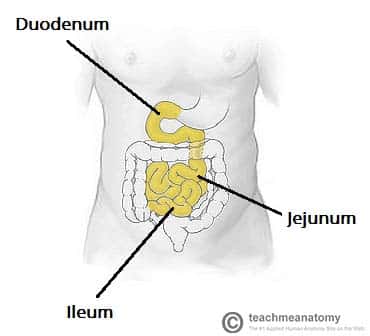
-
Ileum:
- Occupies the lower right quadrant
- More fat in mesentery
- Shorter, straight arteries and veins
- Fewer circular folds

Functional Aspects
- Absorption of nutrients and water
- Total length is approximately 6 to 7 meters (22 feet)
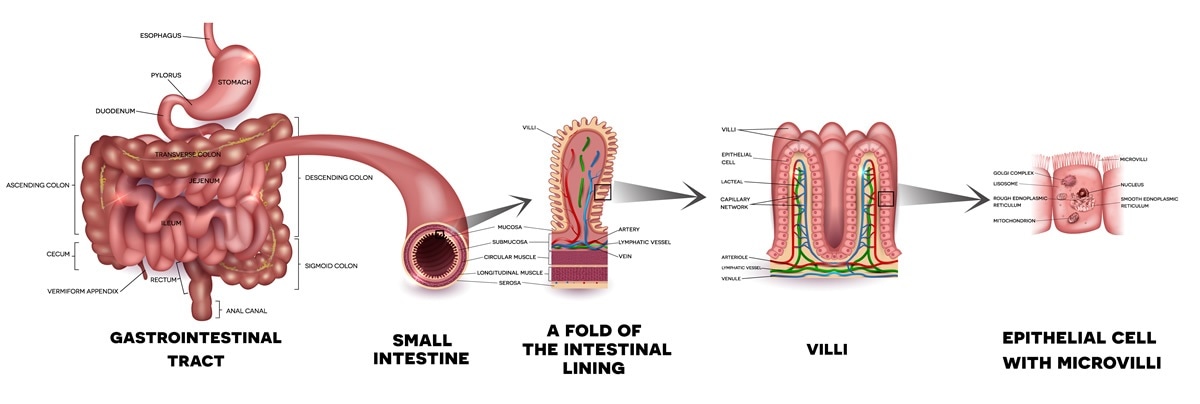
Large Intestine
Features
- Larger diameter compared to the small intestine
- Retroperitoneal and Intraperitoneal Parts:
- Sacculation (haustra)
- Omental appendices (fat accumulations)
- Three longitudinal muscle bands (tenia coli)
:watermark(/images/watermark_5000_10percent.png,0,0,0):watermark(/images/logo_url.png,-10,-10,0):format(jpeg)/images/overview_image/424/Xzp9JjY9J41UO3dz9uTA_structure-of-large-intestine_english.jpg)
Specific Regions
- Ileocecal Region:
- Contains the ileocecal junction
- Vermiform appendix with its own arterial supply (appendicular artery)

- Paracolic Gutters:
- Lateral to ascending and descending colon
- Blood-free mobilization possible by cutting peritoneum along these gutters

Blood Supply of Abdominal Viscera
Major Arteries
-
Celiac Trunk (Foregut):
- Supplies abdominal esophagus, stomach, duodenum (up to major duodenal papilla), liver, pancreas, gallbladder, and spleen
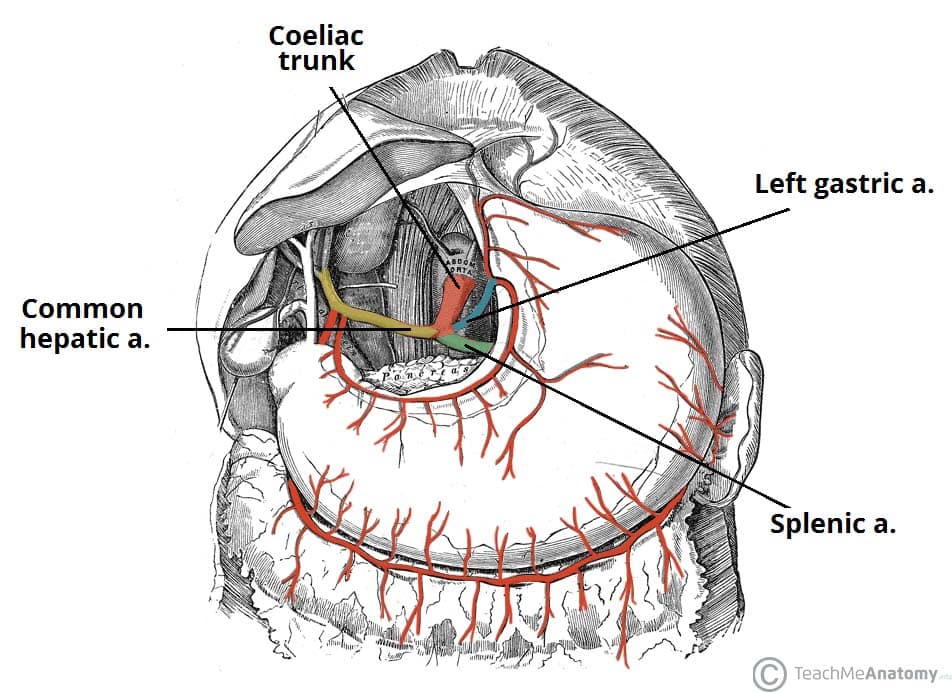
-
Superior Mesenteric Artery (Midgut):
- Supplies duodenum (part), jejunum, ileum, cecum, appendix, ascending colon, and transverse colon
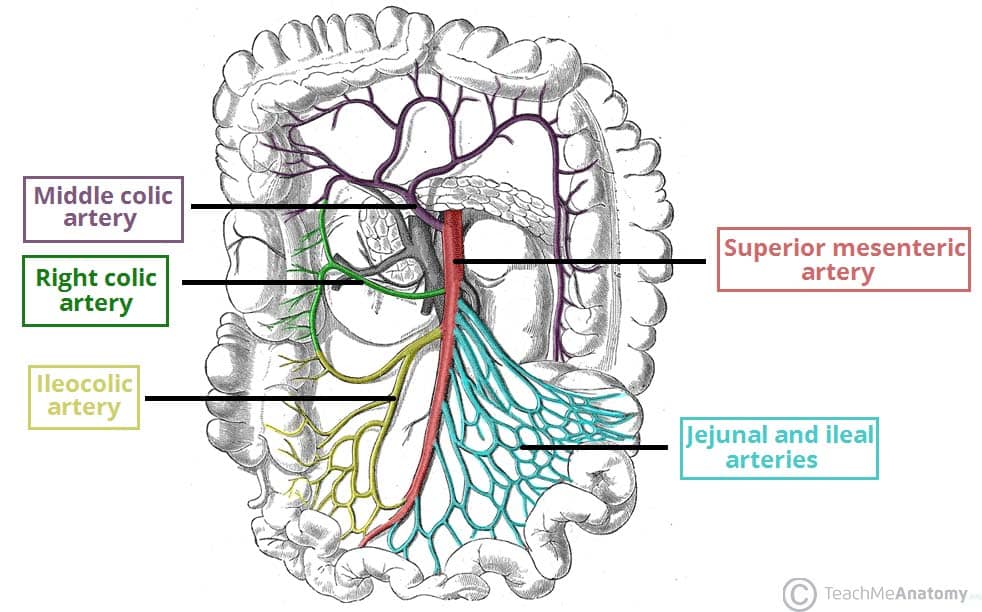
-
Inferior Mesenteric Artery (Hindgut):
- Supplies descending colon, sigmoid colon, rectum, and upper part of the anal canal
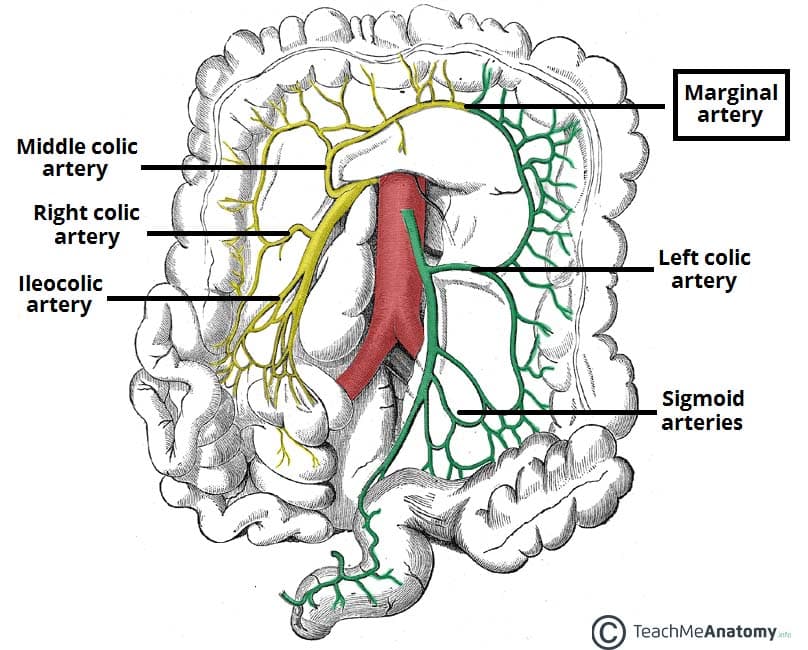
Anastomoses
- Marginal Artery:
- Formed by anastomoses between right, middle, and left colic arteries
- Provides collateral circulation in case of inferior mesenteric artery stenosis

Nerve Supply of Abdominal Viscera
- Autonomic Nerve Fibers:
- Course with arteries
- Include both sympathetic and parasympathetic fibers

Specific Plexuses
- Aortic Plexus
- Superior Hypogastric Plexus
- Hypogastric Nerve
- Pelvic Splanchnic Nerves
- Inferior Hypogastric Plexus

Clinical Considerations
- Duodenal Ulcers:
- Often occur in the superior part (duodenal cap)
- Posterior ulcers may erode onto major arteries, causing severe bleeding
- Anterior ulcers can lead to peritonitis
